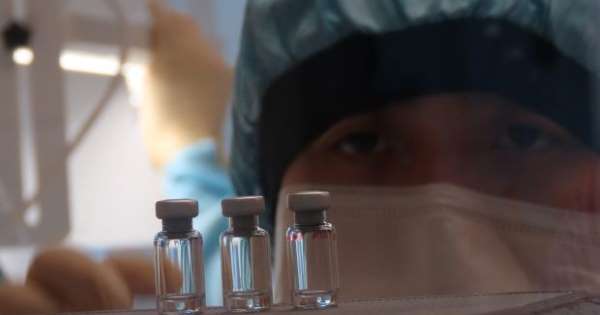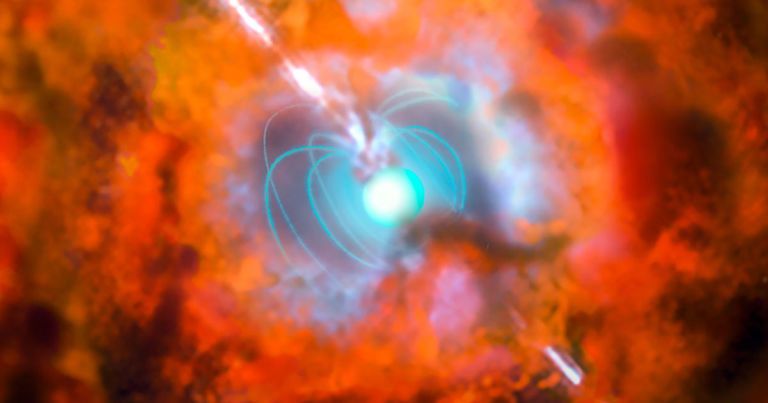Jordan says Moderna is able to scale up quicker than traditional manufacturers, as its vaccines are created by manipulating mRNA, the molecule that carries genetic instructions from DNA to a cell’s protein-making ribosome. Moderna manipulates mRNA so that it instructs human cells to produce certain viral proteins; the proteins themselves don’t cause infection, but they do invoke an immune response. “The RNA uses the human body as its bioreactor,” says Jordan, so Moderna itself doesn’t have to manufacture the proteins. “To create a different vaccine candidate [for Moderna] is to trigger a different RNA sequence. We don’t need to build a different cell processing plant,” says Jordan.
The central dogma of molecular biology deals with the detailed residue-by-residue transfer of sequential information. It states that such information cannot be transferred back from protein to either protein or nucleic acid.— Francis Crick.
The dogma is a framework for understanding the transfer of sequence information between information-carrying biopolymers, in the most common or general case, in living organisms. There are 3 major classes of such biopolymers: DNA and RNA (both nucleic acids), and protein. There are 3×3=9 conceivable direct transfers of information that can occur between these. The dogma classes these into 3 groups of 3: three general transfers (believed to occur normally in most cells), three special transfers (known to occur, but only under specific conditions in case of some viruses or in a laboratory), and three unknown transfers (believed never to occur). The general transfers describe the normal flow of biological information: DNA can be copied to DNA (DNA replication), DNA information can be copied into mRNA (transcription), and proteins can be synthesized using the information in mRNA as a template (translation). The special transfers describe: RNA being copied from RNA (RNA replication), DNA being synthesised using an RNA template (reverse transcription), and proteins being synthesised directly from a DNA template without the use of mRNA. The unknown transfers describe: a protein being copied from a protein, synthesis of RNA using the primary structure of a protein as a template, and DNA synthesis using the primary structure of a protein as a template — these are not thought to naturally occur. [6].
The BARDA investments could go to waste, but ramping up Covid-19 vaccine production will help avoid delivery delays if a vaccine is approved.







